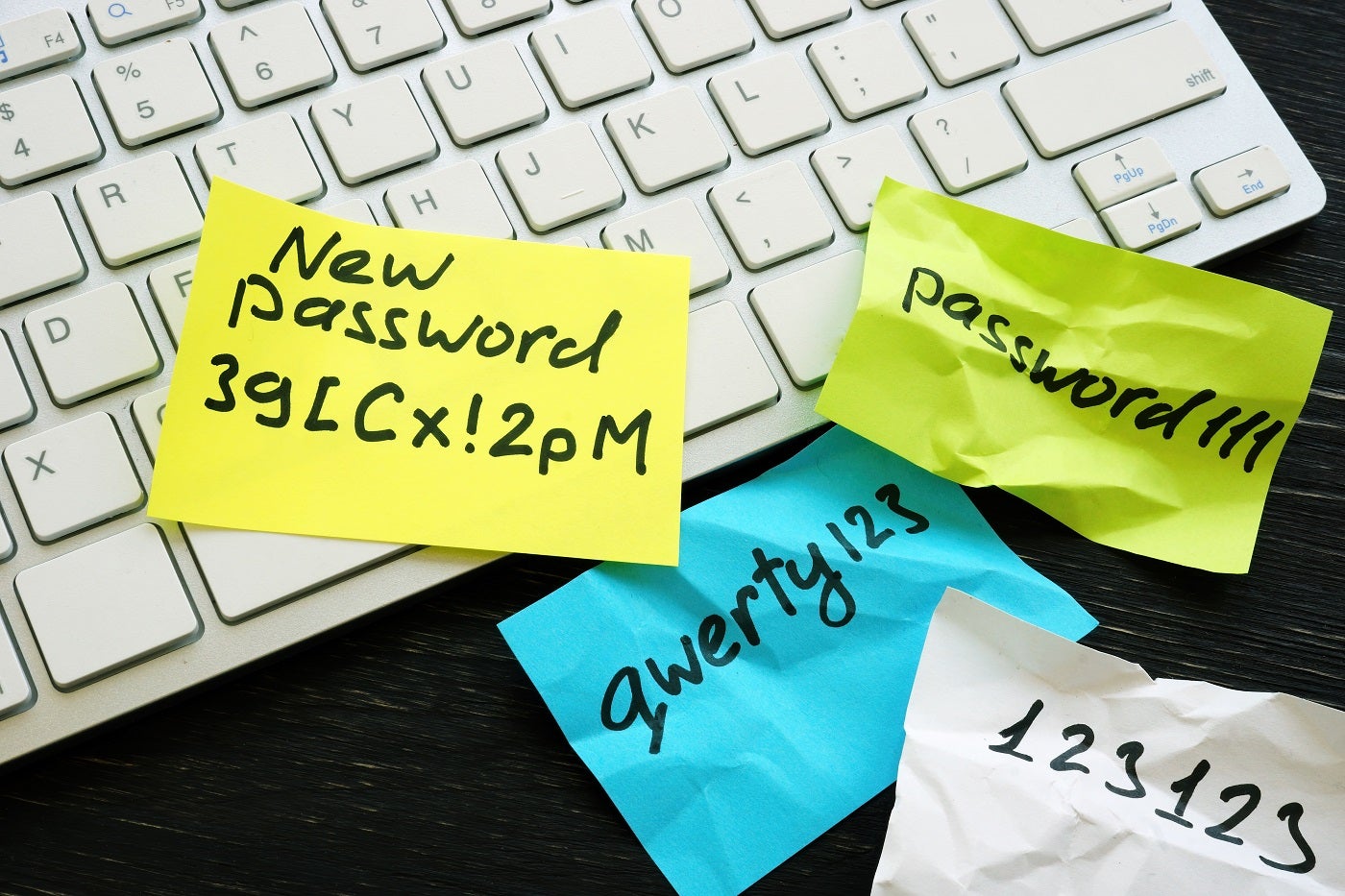- Learn with Cisco at Cisco Live 2025 in San Diego
- This Eufy robot vacuum has a built-in handheld vac - and just hit its lowest price
- I highly recommend this Lenovo laptop, and it's nearly 50% off
- Disney+ and Hulu now offer prizes, freebies, and other perks to keep you subscribed
- This new YouTube Shorts feature lets you circle to search videos more easily
What Is a Passphrase? Examples, Types & Best Practices

A passphrase functions as a password, granting you access to a system or application, but instead of a string of random characters, it’s a combination of words, numbers and symbols. Passphrases are typically longer than passwords and easier to remember since they can be composed of a series of words or a meaningful phrase.
And it’s evident that forgetting a password is a common fear. In 2023, in its fifth annual study of password habits, NordPass found “123456” to be the most common password across 35 countries and crackable in under a second.
Account security shouldn’t be compromised out of fear of forgetting your password.
In this article, we provide examples of passphrases and discuss the different types and best practices for using them for personal or business-related accounts.
What Is a Passphrase?
A passphrase is a combination of phrases used to safeguard or authenticate access to an online account, computer system or other digital resource. Passphrases are usually longer than traditional passwords and consist of words that are easy to remember but challenging for potential attackers to decipher. Think of it as a short sentence of four words or more and a minimum of 15 characters.
Since passphrases can be easier for users to remember and are more resistant to hacking, they are often used to deliver enhanced protection for essential data or accounts. Below, we’ve listed a few passphrase examples. However, we don’t recommend you use any of these for your personal accounts. Instead, choose a phrase that’s meaningful to you.
Passphrase examples
When creating your password, consider capitalizing random letters within the phrase and replacing letters with symbols. For example, “@” for “a.”
- ILoveiCeCre@msoMuch!
- Jack&JillWentUptheHill
- Mich@elJ@cksonIstheGr8testofAllTime
Types of passphrases
The passphrases above are examples of mnemonic passphrases — words joined together to form a memorable sentence. Additional types of passphrases include:
- Keyboard pattern passphrases: These passphrases consist of a series of words, each beginning with a letter from a keyboard pattern.
- Example: “Quick Wick Eat Rice Tomato Yam” follows the QWERTY pattern.
- Random passphrases: This consists of choosing random words to form a phrase. This might be slightly more challenging to remember, especially when compared to mnemonic passphrases; however, they are a secure option.
- Example: “IcepickHammerSnailDragon”
- Image-based passphrases: This consists of generating a passphrase by drawing inspiration from images.
- Example: “BabysFirstSliceofPizza02042004” created from a memorable family photo.
Passphrase pros
- Passphrases can be easier to remember than passwords.
- They are likely less commonly used and more challenging to guess.
Passphrase cons
- Many systems are designed for passwords rather than passphrases.
- You still need to adhere to password creation rules, such as using a combination of numbers, symbols and uppercase and lowercase letters.
- You might struggle to remember unique passphrases for multiple accounts.
Are passphrases more secure than passwords?
Both passphrases and passwords can be secure if managed properly. Additionally, the security of a passphrase or password depends on its uniqueness and complexity. Many people still use simple passwords to secure their accounts, but in doing so, they place their information at risk of falling into the hands of bad actors. Weak and stolen passwords are the most common causes of data breaches.
Passphrase best practices
To maximize account security, follow these best practices when using a passphrase:
1. Use a unique passphrase for each account
Using the same passphrase across all your accounts puts them all at risk. Instead of just one account, a hacker can access many with just one cracked passphrase.
2. Use long passphrases
A passphrase should be at least 15 characters long. The longer your passphrase, the more resistant it is to brute-force attacks.
3. Keep passphrases private
Never share your log-in credentials unless it’s an emergency. Sharing your credentials allows more room for them to fall into the wrong hands.
5. Make them memorable
Passphrases should be unique, but to avoid forgetting them, you should make an effort to make them memorable. Find the perfect balance between memorability and flexibility to maximize account security.
Using passphrases can be an effective way to keep your accounts safe, provided you don’t make your passphrases too simple to crack or reuse them across various platforms.

